Buy Tramadol 50ml 100mg/ml Online For Sale
From $47.84
Merchandise: Tramadol 50ml 100mg/ml
One package includes: Tramadol 50ml 100mg/ml
Effective component: Tramadol
Producer / Trademark: Ratiopharm
Tramadol is a synthetic opioid analgesic used to treat moderate to severe pain. It is a prescription drug administered via oral tablets, capsules, or injections.
Composition:
The active ingredient in Tramadol is Tramadol hydrochloride. Each 50ml injection contains 100mg of Tramadol hydrochloride.
Uses:
Tramadol is primarily used to treat moderate to severe pain. It can also be used for other medical conditions like chronic pain, postoperative pain, fibromyalgia, and restless leg syndrome.
Usage and Dosage:
Tramadol is administered via injection into the vein in the arm (intravenously). Dosage is determined by the severity of pain, age, medical history, and medical conditions. The dose may be adjusted according to the patient’s response to the medication. The injection is usually given once every 4 to 6 hours, with a maximum daily dose of 400mg.
Storage Conditions:
Tramadol should be stored at room temperature (25°C) and protected from light. The injection should be kept in its original packaging until use. Avoid freezing or heating the injection as it may harm the medication. Do not use the injection if it is expired or if it has been tampered with.
Mechanism of Action:
Tramadol works by binding to specific receptors in the brain and spinal cord, inhibiting the transmission of pain signals to the brain. Additionally, it increases the levels of neurotransmitters such as serotonin and norepinephrine, which also play a role in pain control.
Contraindications:
Tramadol is contraindicated in patients allergic to Tramadol or any of its components. It should not be used in patients with epilepsy or seizures, as well as those with a history of drug or alcohol abuse. It must be used with caution in patients with liver or kidney problems, respiratory depression, hypotension, or head injuries.
Interactions:
Tramadol can interact with other medications like antidepressants, antipsychotics, and benzodiazepines, leading to respiratory depression, drowsiness, and other side effects. It can also interact with other drugs that affect serotonin levels, increasing the risk of serotonin syndrome.
Side Effects:
Tramadol use may cause mild to severe side effects, including dizziness, nausea, vomiting, constipation, and headache. It may also cause more severe effects like respiratory depression, seizures, or serotonin syndrome. Tramadol may also cause dependence and addiction in some patients.
In conclusion, Tramadol is a potent pain medication used to treat a variety of medical conditions. It must be used with caution, as it has high risks of addiction and dependence. Patients must inform their physician of any past medical history, medications, or medical conditions before starting treatment. Adhering to the prescribed dosage, storage conditions, and keeping track of potential side effects is important while taking this medication. Patients must seek prompt medical attention immediately if they experience any serious side effects.
| Quantity | 1, 5 |
|---|
Be the first to review “Buy Tramadol 50ml 100mg/ml Online For Sale” Cancel reply
Related products
Pain Relief
Pain Relief
Pain Relief
Pain Relief
Pain Relief
Pain Relief
Pain Relief


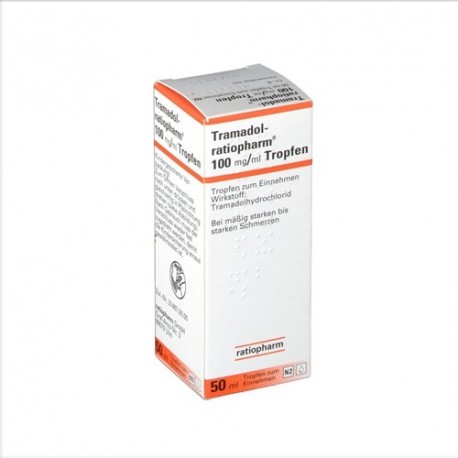




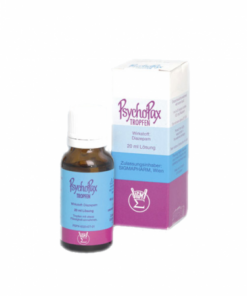
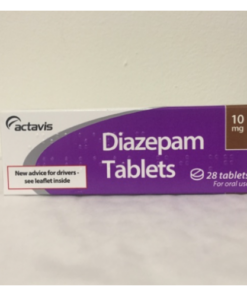

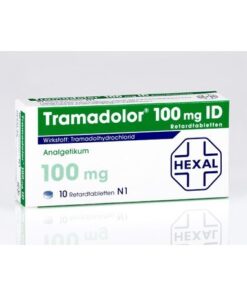
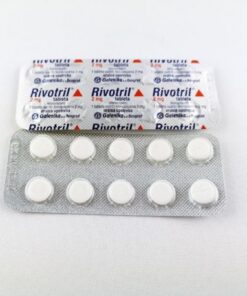

Reviews
There are no reviews yet.